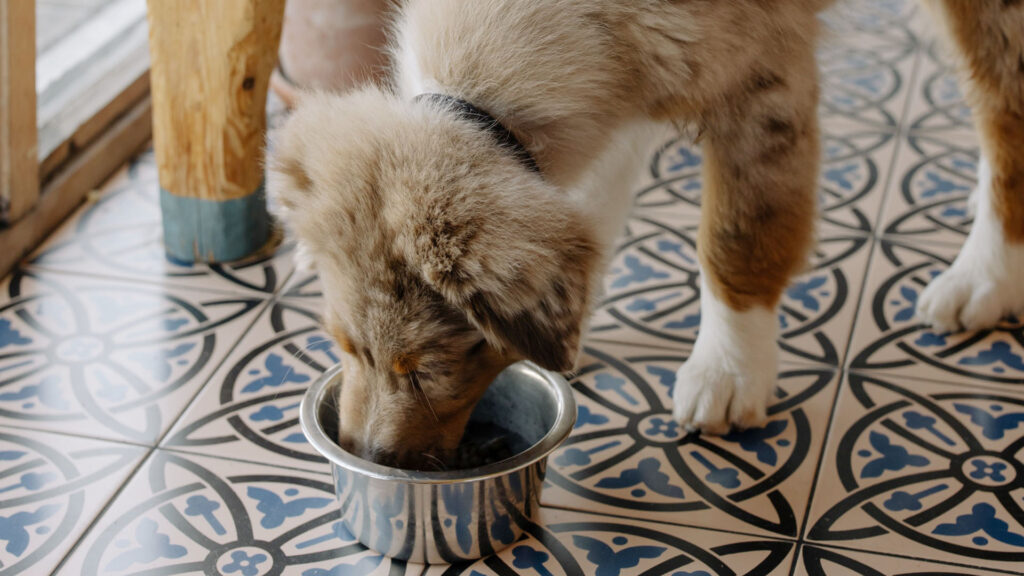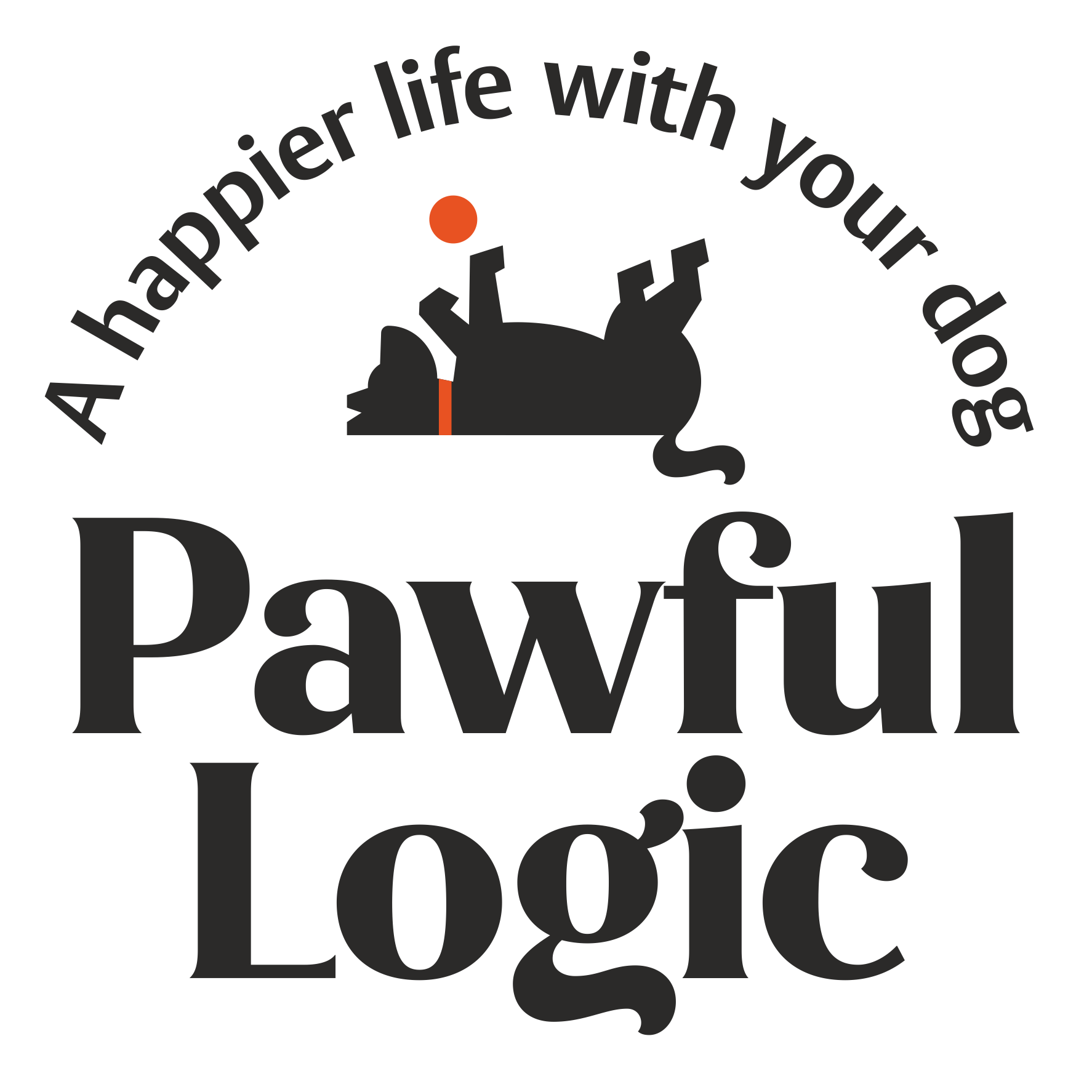
The world of dog food can be confusing for many people. Not only are there a huge number of different types of pet food on the market, but pet owners also must decide how best to feed their dogs. Whether you choose to cook for your dog or buy prepared foods and just serve it up, it’s important that you know exactly what your pet is eating and how to read the labels on its favourite treats.
For example, do you know why a particular brand costs more than another brand? Or do you understand the difference between dry and wet dog food? In this article we’ll explore some common types of dog food, so that next time you go shopping for your furry friend’s dinner, it won’t feel like such an overwhelming task!
Kibble or dry dog food
Kibble is a type of dog food that is made from ground up, dried food. It’s usually made from corn, wheat, soy, or other grains, has been fortified with vitamins and minerals (including calcium), and can also have probiotics added to it.
Most kibble comes in an assortment of colours and flavours including chicken, mutton, beef, seafood and even vegetables, fruits, and organ meat! Kibble can be found at virtually every pet store as well as online retailers like amazon.com, flipkart.com, headsupfortails.com, supertails.com and the likes, where you can purchase a bag for as little as Rs. 2000 to as high as Rs. 7000 or more for a 10kg pack, depending upon the brand and its contents.
If you have trouble finding the right brand for your dog through regular stores, then try searching online where there are many options available at all different price points depending on what ingredients you’re looking for!
Canned and Semi-Moist food
It is believed that canned food is a great option for dogs with allergies, as it’s usually less allergenic than dry food. It can also be more convenient than dry food since you don’t have to mix it up yourself or store it in a container. You just open the can and transfer it on to your pup’s bowl.
Canned food usually costs a bit more than dry, but if your dog has digestive issues or doesn’t eat enough at one time, canned foods are worth the extra cost.
Canned foods tend to provide more moisture than their dry counterparts; this can be especially helpful for older dogs who are prone to dehydration.
Home cooked dog food
If you have a dog with a sensitive stomach or allergies, home cooked food may be the best option for your pet. A homemade diet can also be more economical than commercial dog food because it is usually made from ingredients that are less expensive than those in manufactured foods.
Making your own food can be more time consuming than buying pre-packaged products at the store. You’ll need to find recipes and adjust them to meet your dog’s specific needs. For example, if you’re cooking for an older canine with joint issues, you might want to cut down on salt in the recipe so as not to aggravate his bones or joints any further.
Additionally, many people who choose home cooking do so because it allows them greater control over what goes into their dogs’ bodies; this means they can add fresh meat, vegetables, and fruits without worrying about harmful additives that may be present in commercial brands of kibble.
Raw Food Diet
Feeding Raw food is slowly becoming popular in many parts of the world. It involves giving your dog clean, uncooked meats and vegetables.
The raw food diet is not for everyone. It requires careful preparation and the right ingredients, and while it can be very healthy, it may not be a good choice for your dog if he or she has any medical issues that need to be monitored closely. The raw food diet can also be dangerous if you don’t know what you’re doing. For example, feeding raw bones can cause choking hazards or internal bleeding.
Many veterinarians in India, still are against giving Raw food and it would be very hard for you to find someone who agrees with this approach. Veterinarians who support this type of feeding say they have seen “remarkable improvements” when they switch their patients over from kibble; dogs who eat kibble have shorter lifespans than those who eat a biologically appropriate diet like BARF (Biologically Appropriate Raw Food).
If you are interested to learn more about Raw food Diet, you can check out Dr Karen Becker’s Video on the topic. She has been an advocate of Raw food diet and has done a lot of research in the area.
If you do decide that the raw food diet is right for your dog, here are some things you’ll want to keep in mind: Preparing Raw food at home is relatively straightforward but takes time and effort. It is important to learn about your dog’s nutritional requirements before choosing this type of feeding.
If you are interested in giving your dog Raw Food and want to help planning a diet chart, You can check out the Youtube channel Paws of Prey
There are several other channels out there, but Paws of Prey will be a good place to start.
There are lots of different options for your dog’s diet, but some of them seem to have more pros than cons.
Kibble or “dry” dog food is convenient and easy to store, but it’s also known to be bad for their teeth and can be hard on their digestive system.
Canned food is probably the best option if you want something easy and healthy, but it tends to cost more than kibble or home cooked meals.
Home cooked meals might be cheaper and, in most cases, safer because you can use the ingredients you already have at home; however, this method might take longer and require more energy from you–the owner.
Raw diets may work out well for some dogs that need more protein than what kibble provides, but there are also many studies showings that this type of feeding can cause health problems in pets with allergies or intolerances towards certain types of ingredients like grains or legumes.
In my opinion, the best diet for your dog is a well-balanced one that is prepared at home. When you oversee making their food, you can keep an eye on what they are eating and tailor to their needs. However, if this becomes too much of a chore then feeding them kibble could be a good alternative if it is high quality. By knowing the pros and cons of each diet type, you will be able to make an informed decision on whether to feed your dog raw or processed food.




